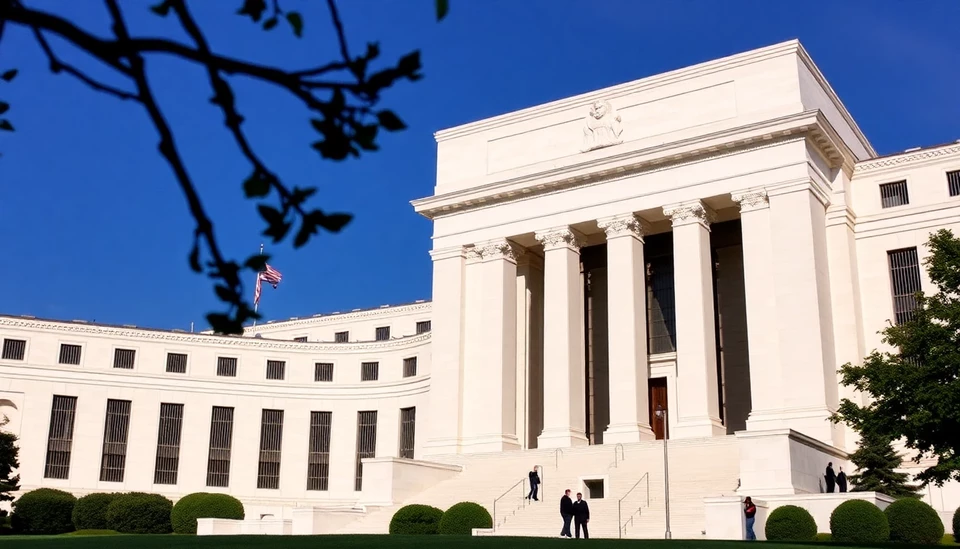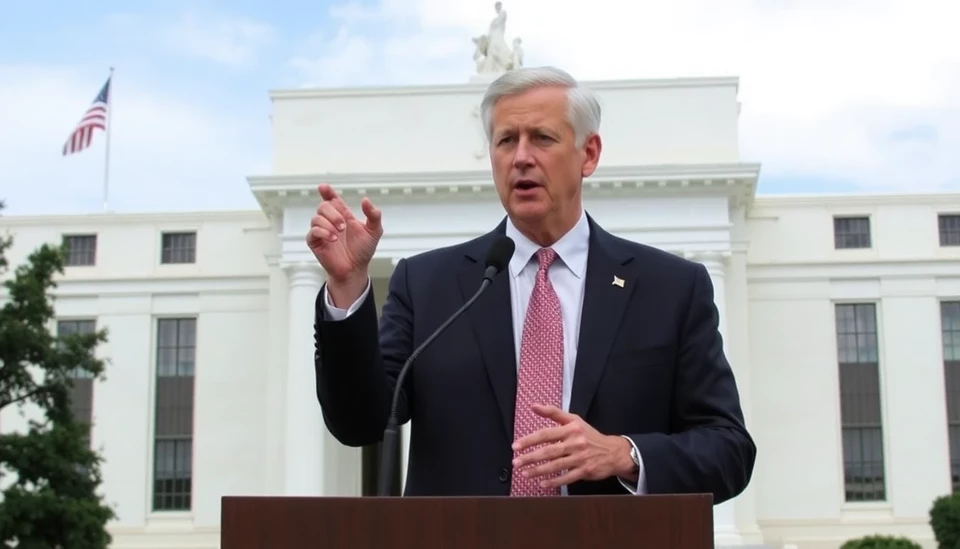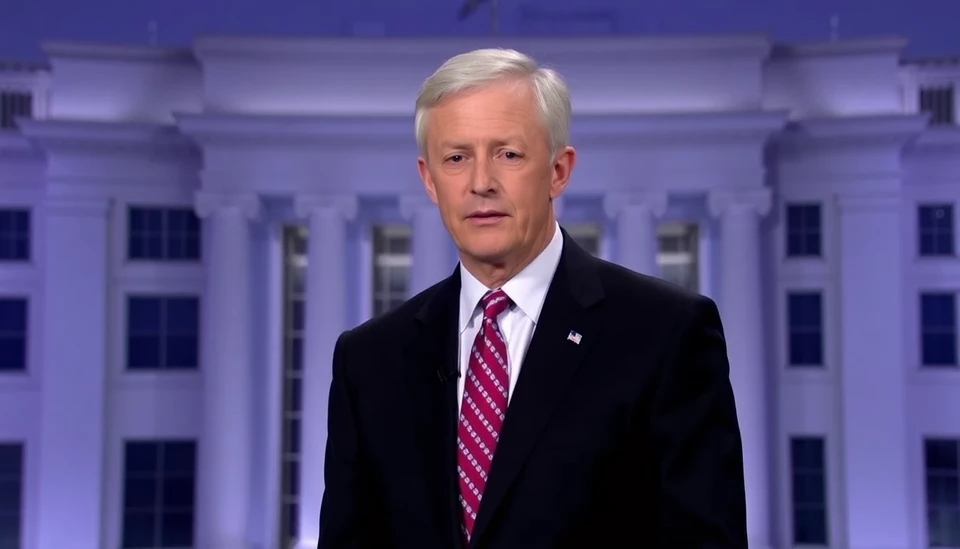
In a recent discussion at the Federal Reserve, Chairman Jerome Powell addressed the growing concerns surrounding the stagnation of disinflation, a crucial economic process that has significant implications for monetary policy and inflation trends in the United States. This situation has evolved into a more pressing issue as the Fed grapples with the complexities of stabilizing the economy in an unpredictable environment.
During his remarks, Powell acknowledged that the progress made in reducing inflation rates has encountered hurdles that have left economists and policymakers pondering the effectiveness of current strategies. The slowing pace of disinflation may compel the Fed to revisit its previous projections and adapt its approach as inflationary pressures continue to linger in various sectors of the economy.
Several key factors contribute to the stalling disinflation, including persistent labor market tightness, supply chain disruptions, and various external economic shocks. Powell highlighted the critical need for ongoing assessments of the economic landscape to ensure that responses to inflation remain timely and appropriate. He emphasized that the Fed remains committed to its dual mandate of promoting maximum employment and stabilizing prices but also acknowledged the complexity of achieving these goals amid fluctuating economic signals.
Furthermore, Powell reiterated the importance of communication and transparency with the public, suggesting that the Fed's measures might need to be reevaluated as new data emerges. This adaptive strategy indicates that while the Fed is currently maintaining its policies, it is also preparing for potential adjustments should inflation not conform to anticipated trajectories.
As the economic climate continues to evolve, the Fed will likely increase its focus on core inflation indicators, which exclude volatile categories such as food and energy prices, to gain a clearer understanding of underlying trends. This refined approach may lead to a recalibration of the monetary policy toolkit employed by the Fed in the coming months, particularly if inflation remains stubbornly high.
Economists have expressed a mix of optimism and concern regarding the outlook for inflation and overall economic health. While there are signs that inflation could ease, the uncertainty surrounding global conditions and domestic market dynamics adds layers of complexity to forecasting efforts. Policymakers are faced with the challenging task of balancing economic growth with effective inflation control, a dual goal that has been increasingly difficult to navigate.
In conclusion, Powell's address signals a cautious yet proactive stance from the Federal Reserve as it endeavors to respond to the challenges posed by stalling disinflation. The central bank’s ability to adapt to changing economic circumstances will be crucial in maintaining its credibility and protecting the overall stability of the economy.
As the situation develops, stakeholders across various sectors will closely monitor the Fed's actions and decisions, aware that the choices made in the coming months could have significant repercussions for the outlook on inflation and economic growth.
#FederalReserve #JeromePowell #Disinflation #InflationControl #EconomicPolicy #MonetaryPolicy #USEconomy
Author: Daniel Foster




